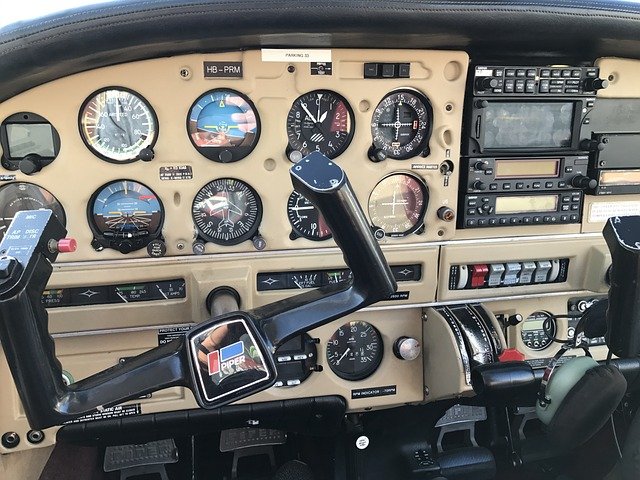Your Path to Becoming a Professional Pilot: A Complete Guide to Flight Training Programs
Flight training programs offer structured pathways to transform aviation enthusiasts into certified pilots. Whether pursuing a private pilot license or aiming for a commercial aviation career, understanding the components and requirements of pilot training is essential for success in this demanding field.

Core Components of Flight Training
A comprehensive pilot training program combines ground school instruction with hands-on flight training. Ground school covers aviation theory, regulations, navigation, weather patterns, and aircraft systems. Flight training includes supervised cockpit time with a certified flight instructor, starting with basic maneuvers and progressing to advanced flight operations.
Medical Requirements and Prerequisites
Before beginning flight training, candidates must obtain appropriate medical certification from an FAA-designated medical examiner. Class 3 medical certificates suffice for private pilots, while commercial pilots need Class 2, and airline transport pilots require Class 1 certification. Additional requirements include English proficiency and age minimums varying by license type.
Training Duration and Time Commitment
The timeline for completing pilot training varies significantly based on the chosen program and individual dedication. A private pilot license typically takes 3-6 months of consistent training, while a complete commercial pilot program may require 18-24 months. Weather conditions, student availability, and learning pace all influence the total duration.
Cost Breakdown and Financial Planning
Professional pilot training represents a significant investment, with costs varying by location and program type.
| License Type | Estimated Cost Range | Training Requirements |
|---|---|---|
| Private Pilot | $12,000 - $15,000 | 40+ flight hours |
| Commercial Pilot | $30,000 - $45,000 | 250+ flight hours |
| ATP License | $70,000 - $90,000 | 1,500+ flight hours |
Prices, rates, or cost estimates mentioned in this article are based on the latest available information but may change over time. Independent research is advised before making financial decisions.
Choosing the Right Flight School
Selecting an appropriate flight school involves considering factors such as location, aircraft fleet condition, instructor experience, and scheduling flexibility. Look for schools with strong safety records, modern training aircraft, and comprehensive ground school programs. Research their graduate placement rates and verify their FAA certification status.
The path to becoming a professional pilot demands dedication, resources, and careful planning. Success in pilot training requires not only meeting technical requirements but also maintaining steady progress through consistent practice and study. With proper preparation and commitment, aspiring pilots can navigate their training journey effectively and achieve their aviation career goals.






